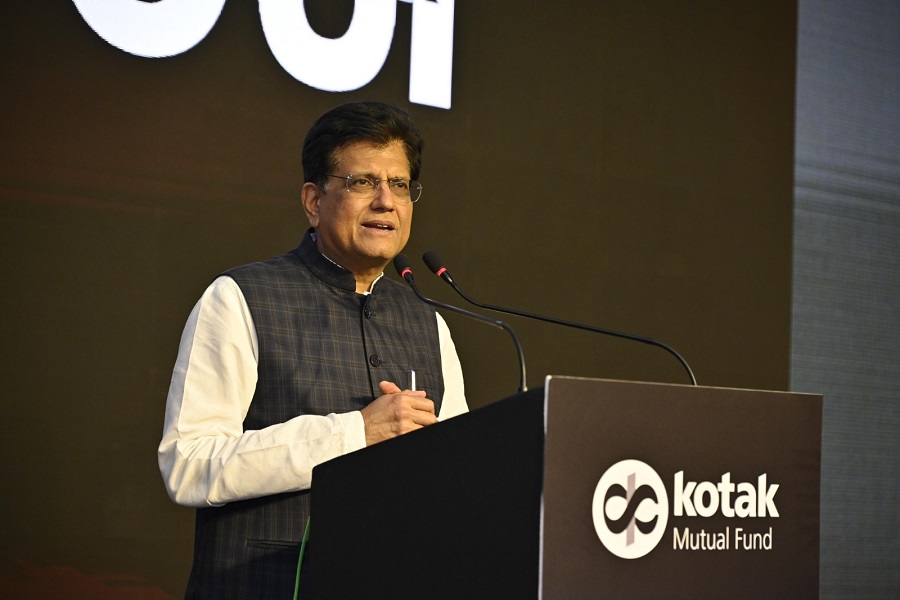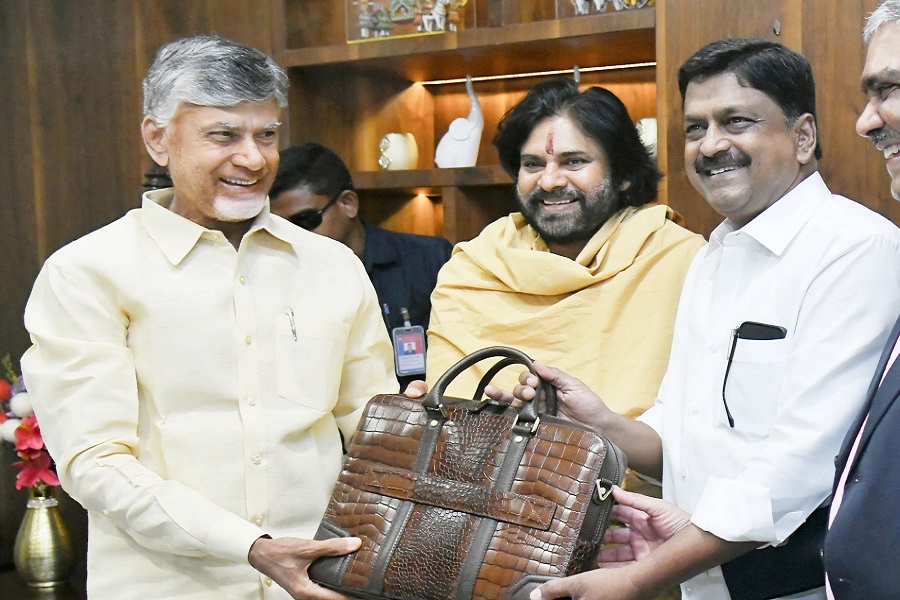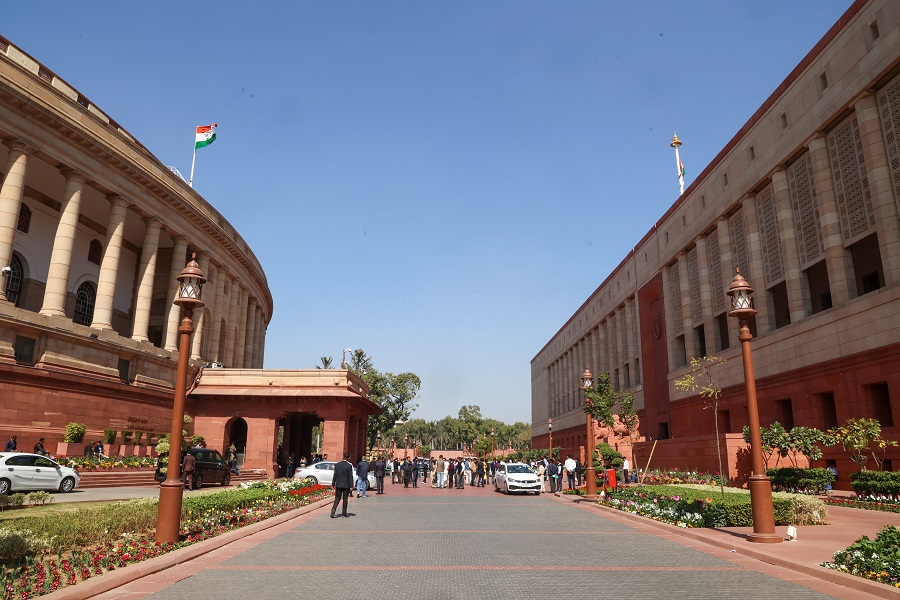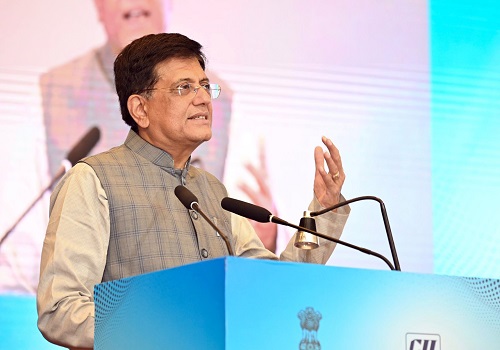Optional tax regime aims to provide relief to low-income bracket people: FM Nirmala Sitharaman
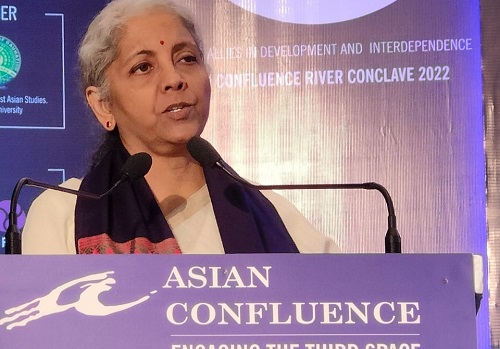
Finance Minister Nirmala Sitharaman has said that the optional income tax regime with seven tax slabs was brought in by the government to ensure lower rates for those in the low income bracket. Sitharaman said in the old tax regime, every tax assesses can claim about 7-10 exemptions and the income tax rates vary between 10, 20, and 30 per cent, depending on income threshold.
The minister said along with the old tax regime, the government has come up with a parallel system which has no exemptions, but with simpler and more favourable tax rates. She said ‘The reason why I had to bring in seven slabs was to make simpler and lower rates for those who are in the lower income (bracket).’ The government in Budget 2020-21 introduced the optional income tax regime, under which individuals and Hindu Undivided Families (HUFs) were to be taxed at lower rates if they did not avail specified exemptions and deductions like house rent allowance (HRA), interest on home loan and investments made under Section 80C.
Under this, total income up to Rs 2.5 lakh will be tax exempt. A 5 per cent tax is levied on total income between Rs 2.5 lakh and Rs 5 lakh, 10 per cent on Rs 5 lakh to Rs 7.5 lakh, 15 per cent on Rs 7.5 lakh to Rs 10 lakh, 20 per cent on Rs 10 lakh to Rs 12.5 lakh, 25 per cent on Rs 12.5 lakh to Rs 15 lakh, and 30 per cent on above Rs 15 lakh. Under the old tax system too, income up to Rs 2.5 lakh is exempt from personal income tax. Income between Rs 2.5 lakh and Rs 5 lakh attracts 5 per cent tax, while that between Rs 5 lakh and Rs 10 lakh is levied with 20 per cent tax. Income above Rs 10 lakh is taxed at 30 per cent.

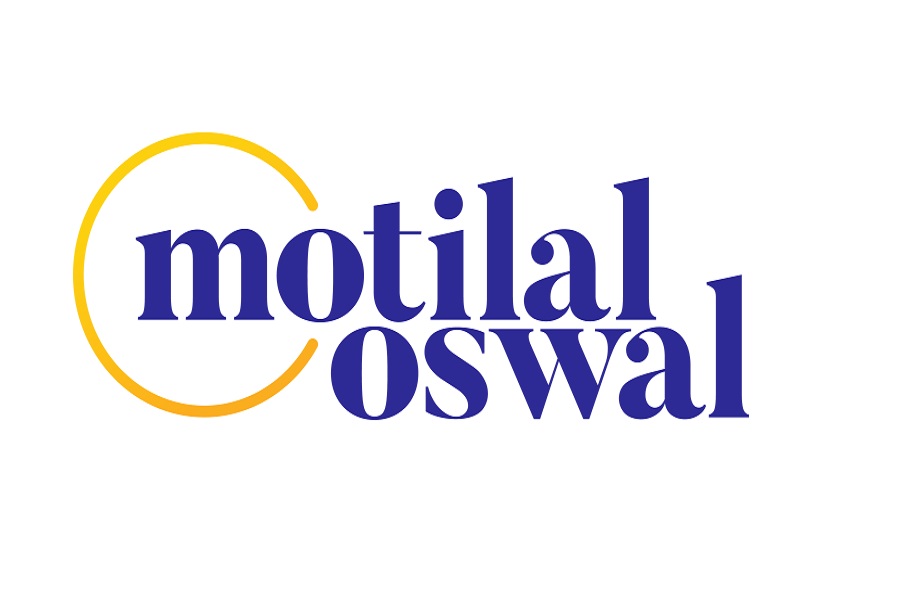




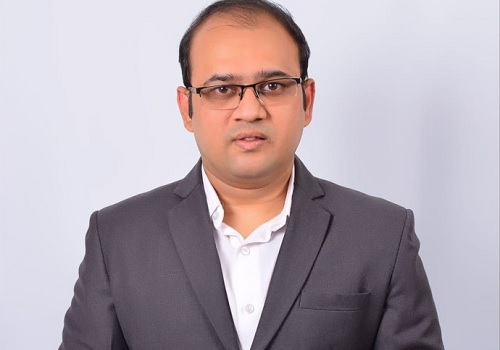

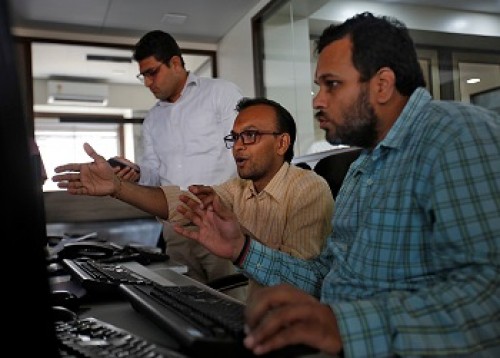




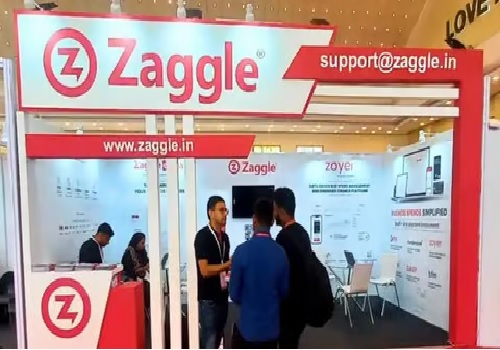

.jpg)


